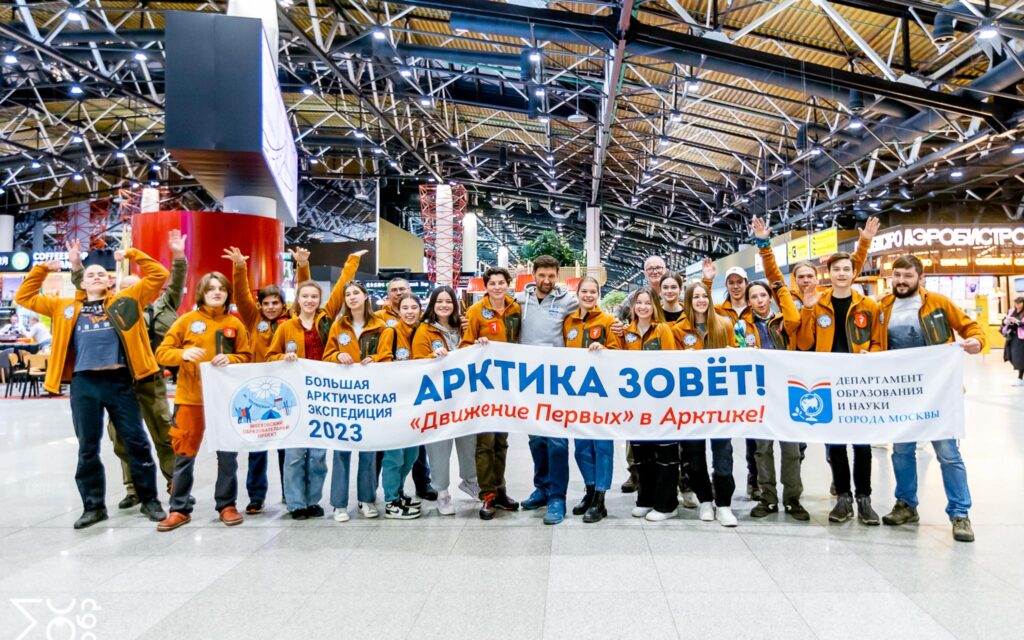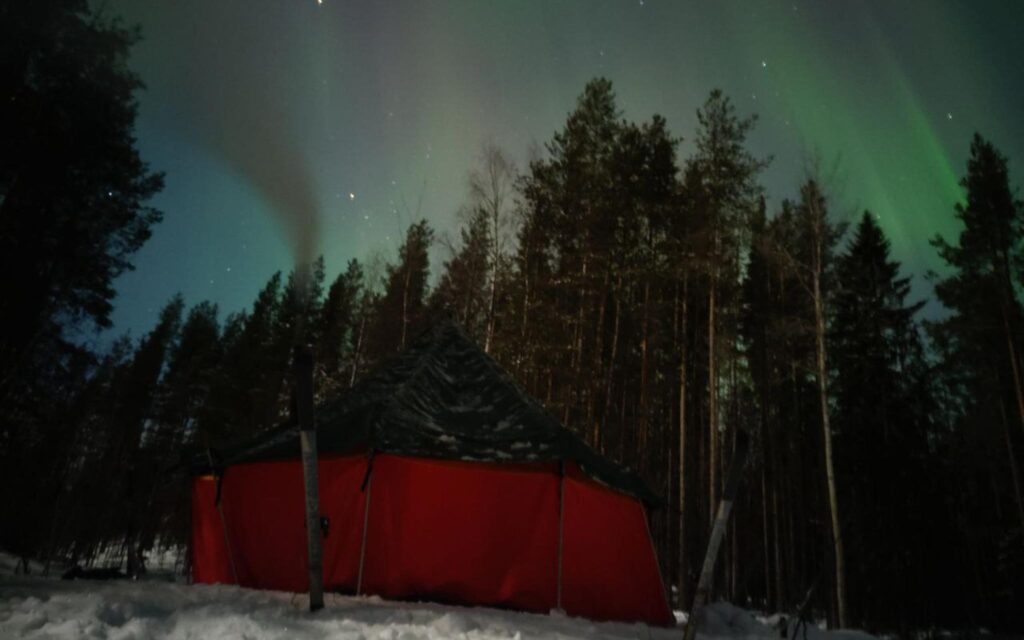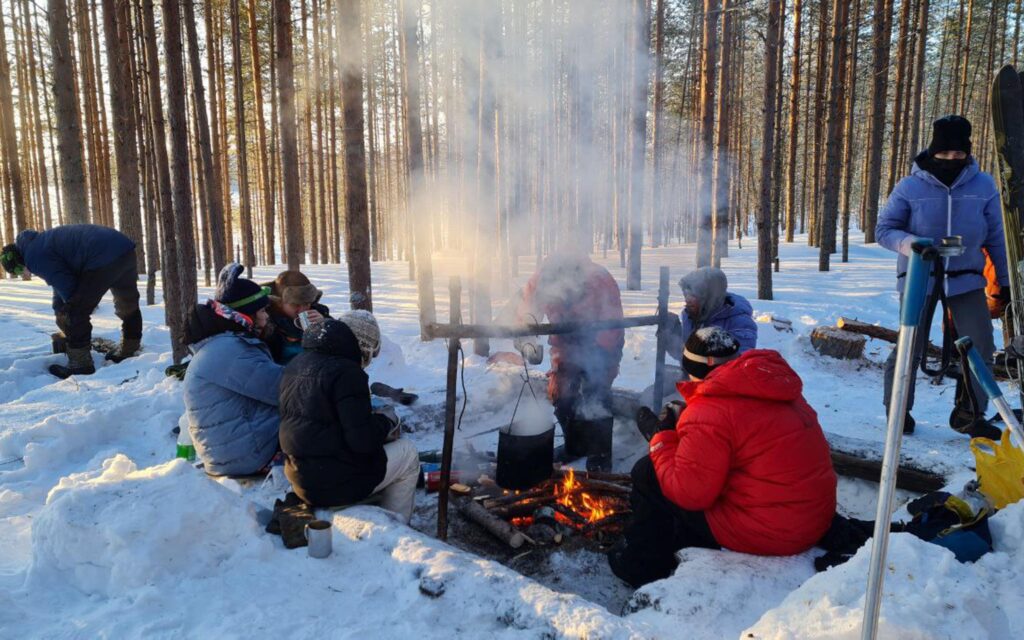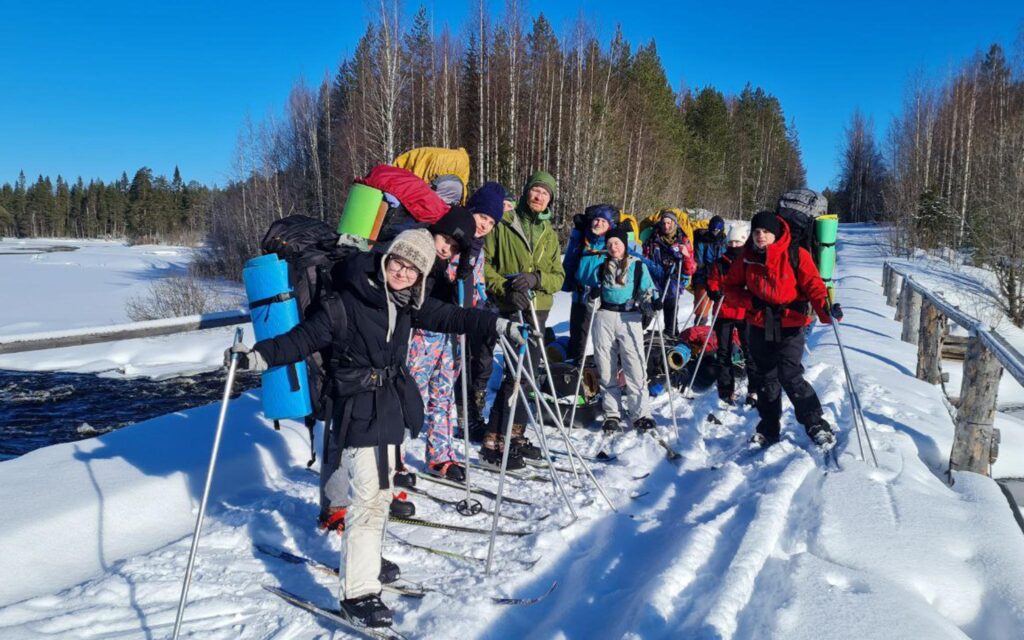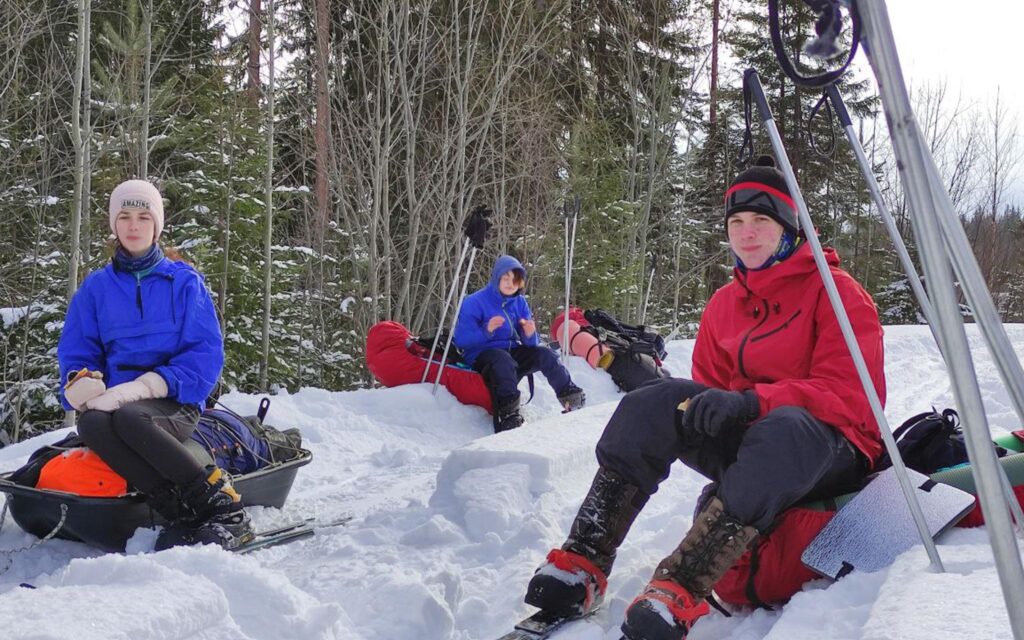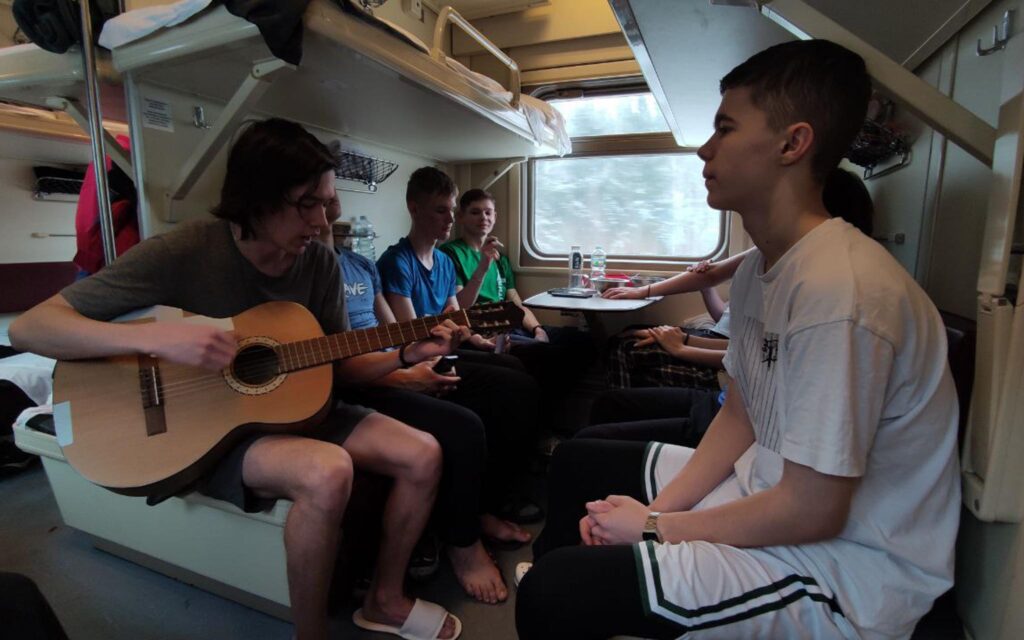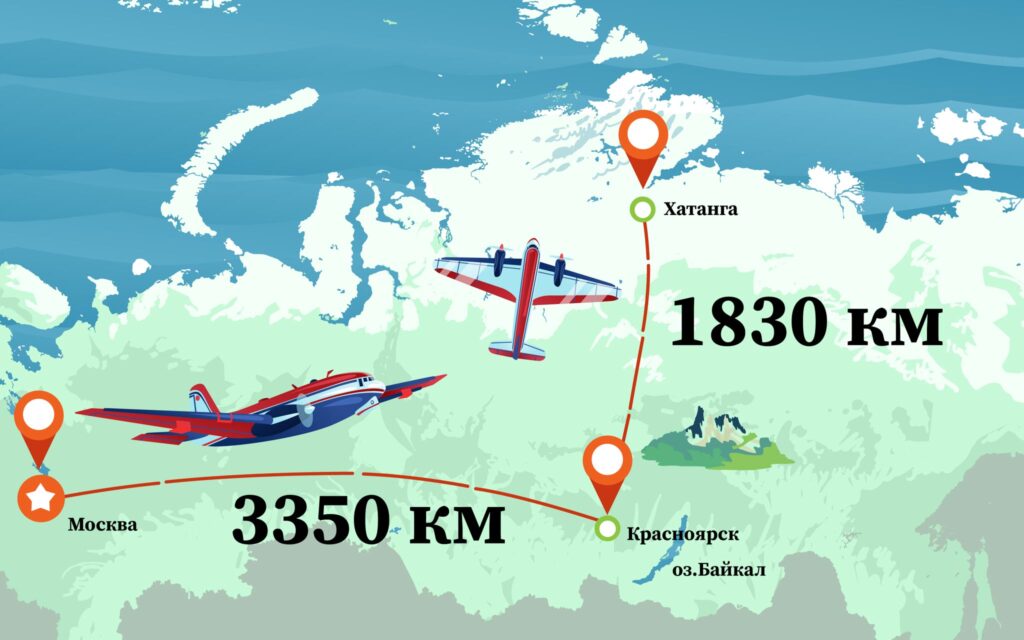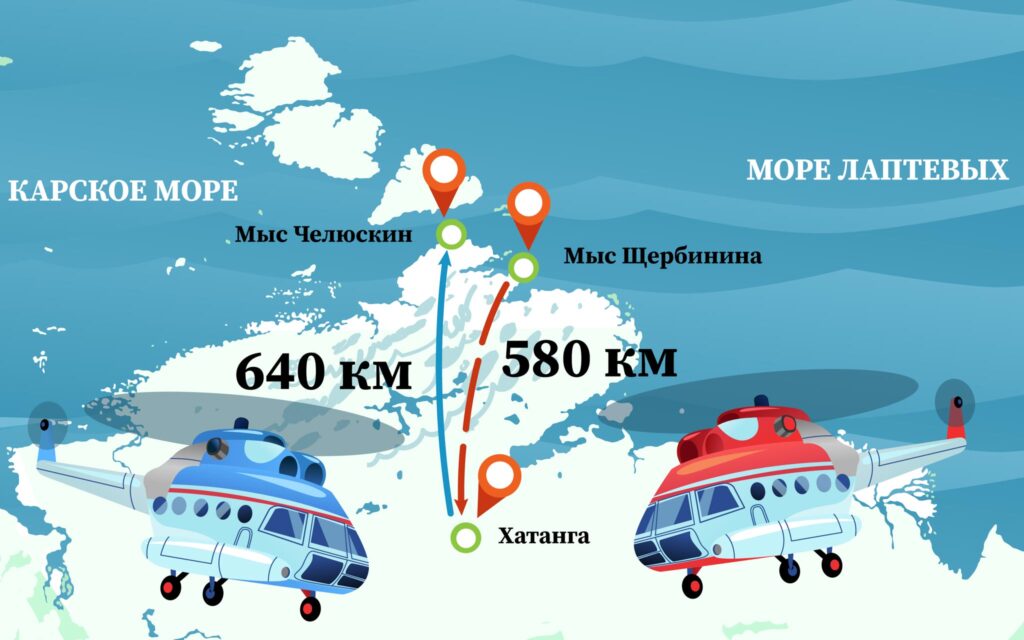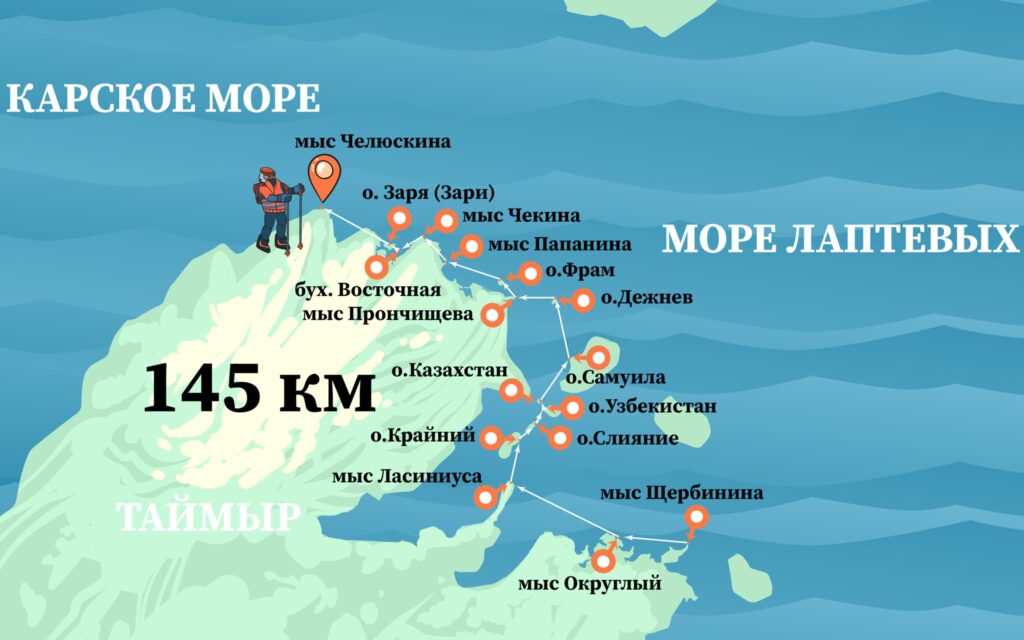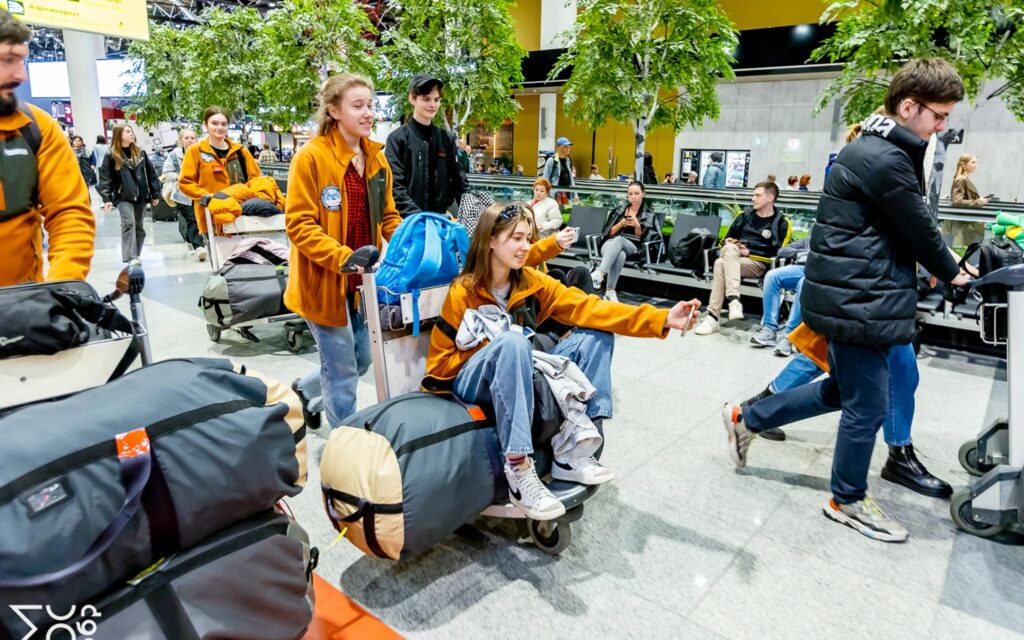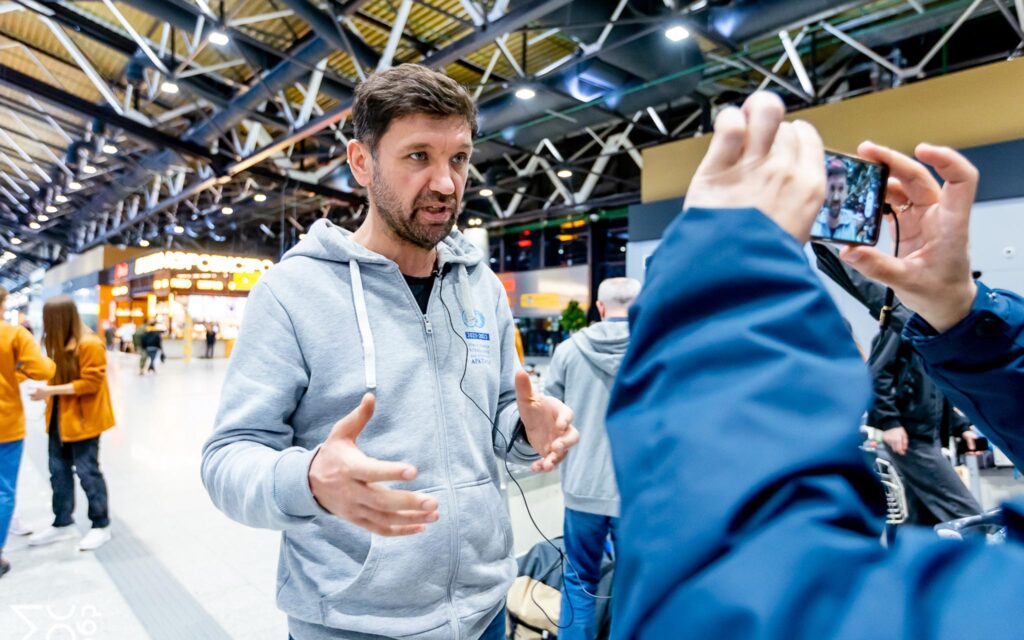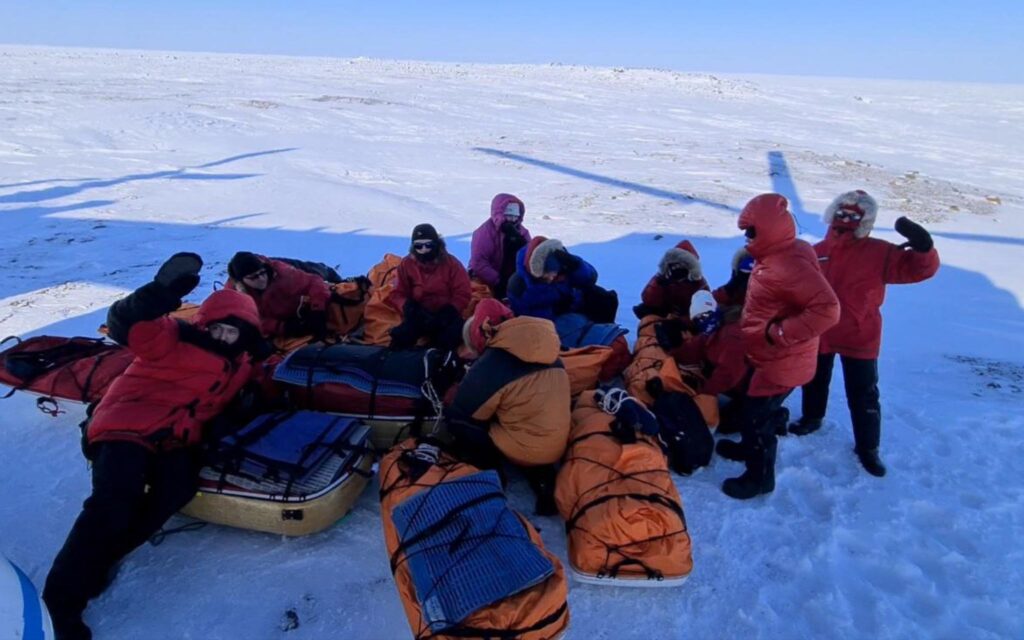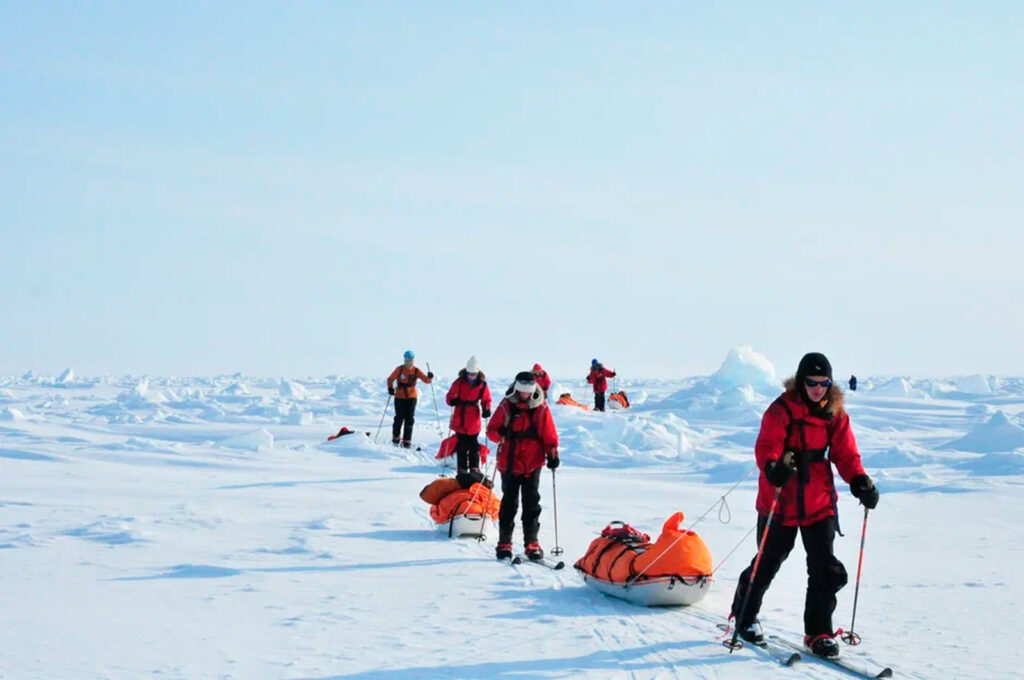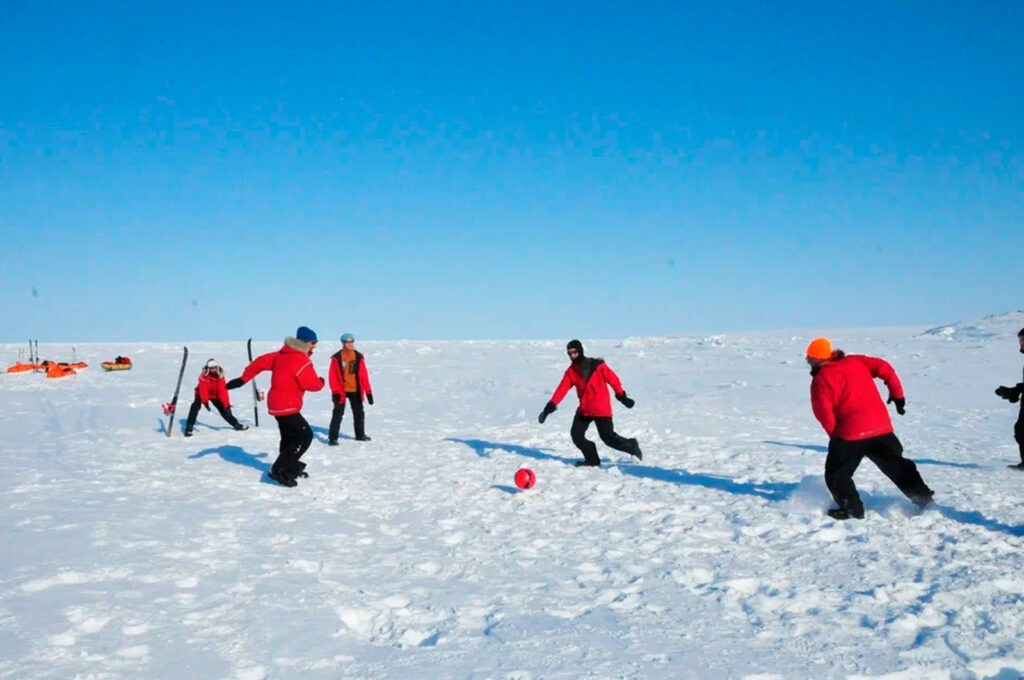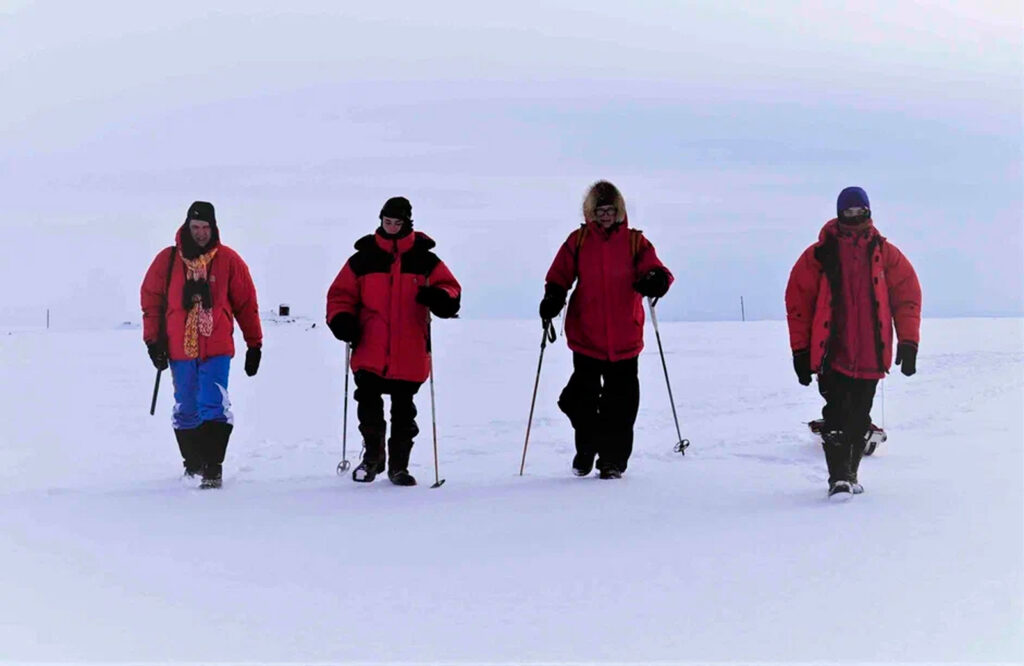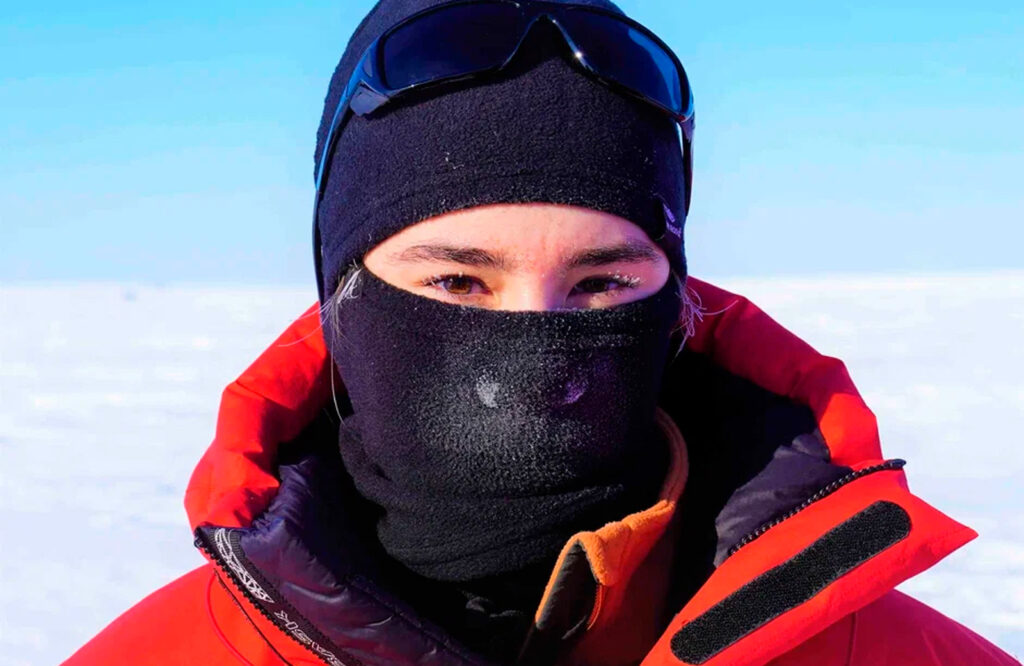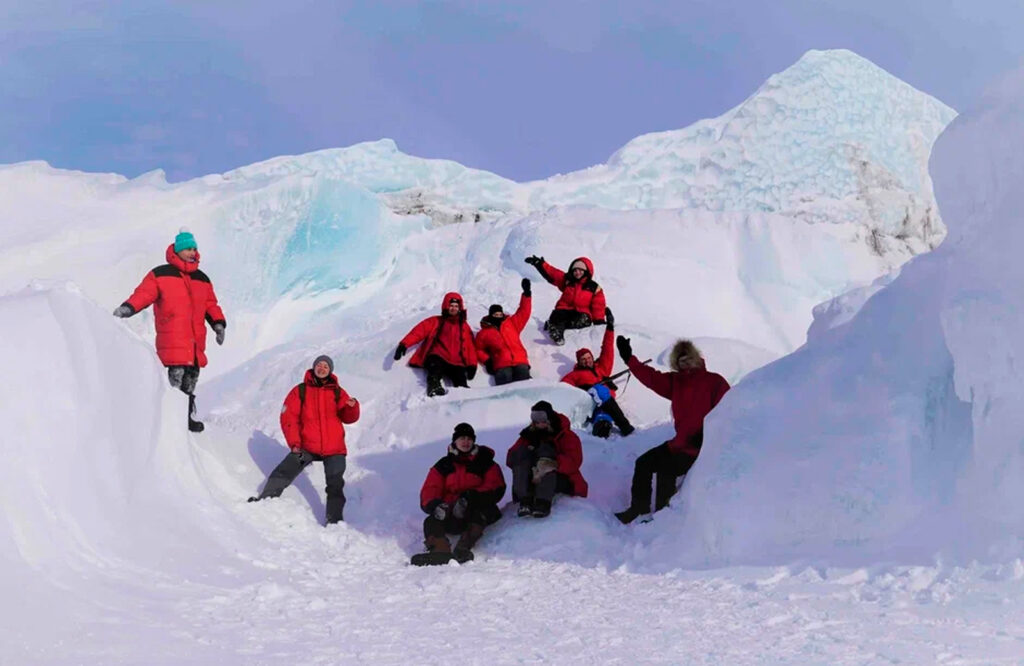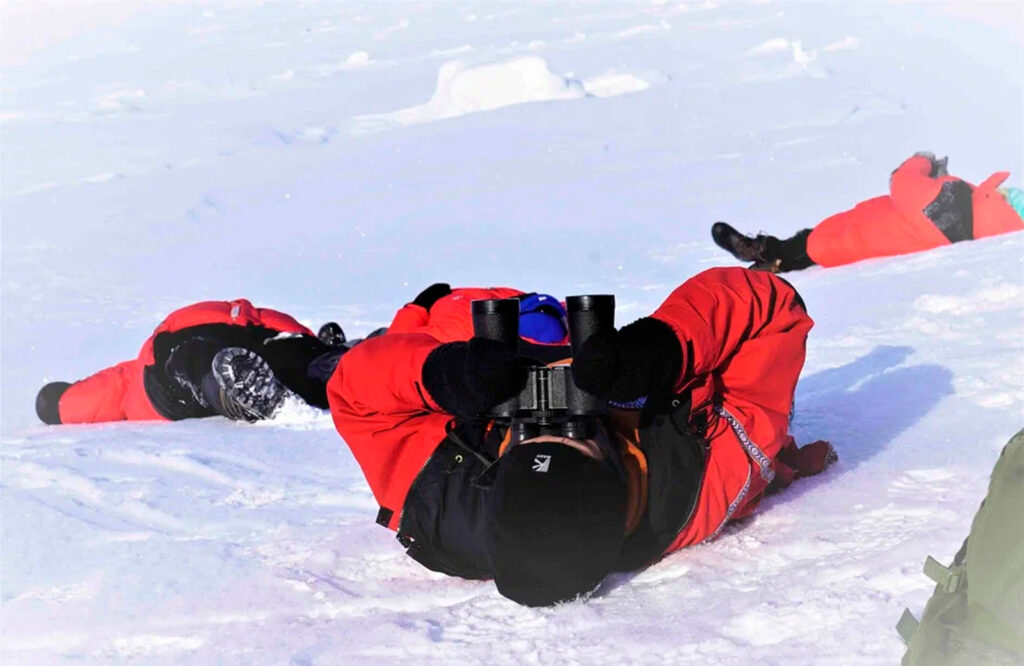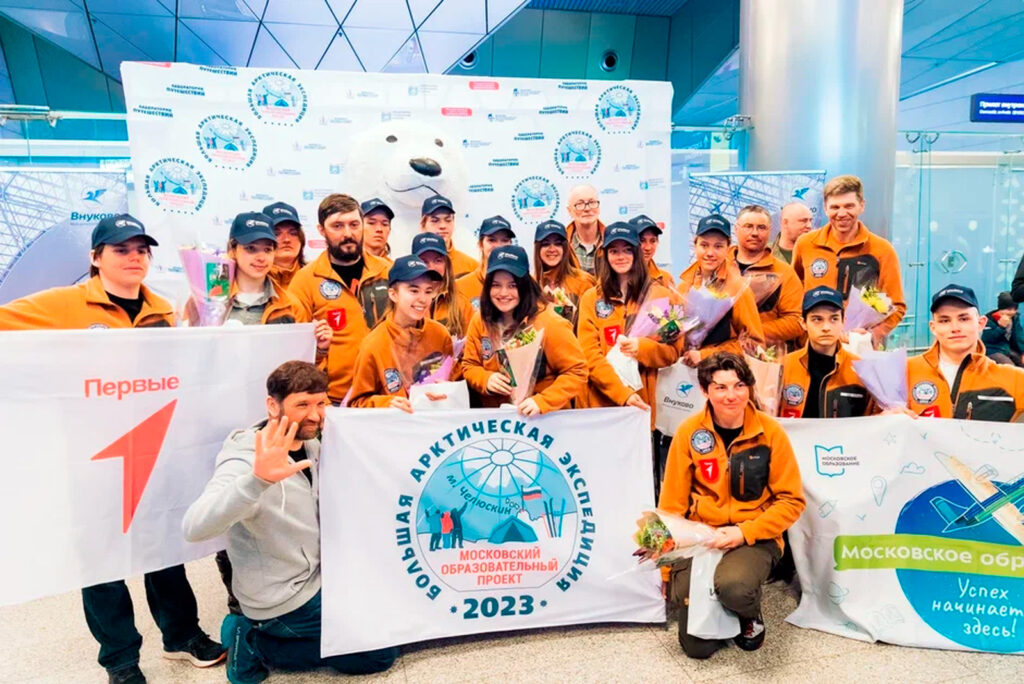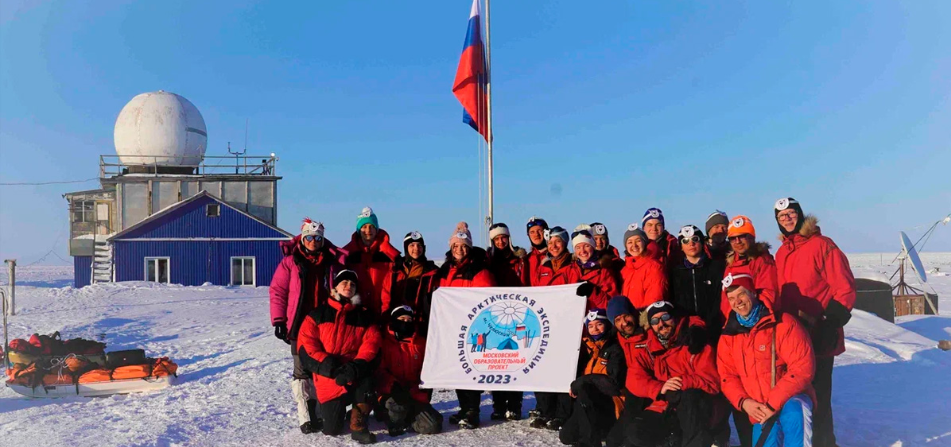By Sergey Sobyanin
View the original article here: https://www.sobyanin.ru/bolshaya-arkticheskaya-ekspeditsiya-shkolnikov?utm_source=mail&utm_medium=post&utm_campaign=010523
To become a real polar explorer at the age of 16, to see the northern lights, the ice hummocks of the Laptev Sea and even a polar bear – all this can be done by Moscow pupils and college students who have joined the Russian movement of children and youth “Movement of the First”.
Since 2018, the Moscow Government has been actively supporting the Great Arctic Expedition project and more than 40,000 people have taken part in it. Quizzes, competitions and city quests, lectures and meetings with experienced polar explorers and an opportunity to go on a two-week expedition to Cape Chelyuskin.
Recently students from the fourth expedition returned to Moscow.
261 people applied for participation in the polar expedition. It was possible to enroll in the ski squad “Pioneers”, or in the scientific – “Arctic Science”.
First, the schoolchildren passed the preliminary selection. The most important part was the “Arctic dictation” – a test about the history of development and the nature of the region, about environmental challenges and global warming.
80 people who passed the preliminary selection went to training camps. They faced tests on endurance, athletic training, team spirit and psychological resilience, as well as skills in working with scientific data.
The “pioneers” were trained in the Karelian taiga. Boys and girls went on a 100-kilometer sports trip.
Future members of the “Arctic Science” detachment passed training camps in Moscow and the Moscow region with specialists from the Moscow State University named after M. Lomonosov, Institute of Oceanology named after P. Shirshov and the Institute of Petroleum Geology and Geophysics named after A. Trofimuk.
Finally 14 students from 80 people were selected to participate in the expedition. Seven for each group.
The expedition started from Moscow on April 12.
The “Pioneers” team, headed by the honorary polar explorer, Honored Master of Sports of Russia Matvey Shparo, made a ski crossing from Cape Shcherbinin to Cape Chelyuskin on the ice of the Laptev Sea, the Arctic Ocean and the snows of the Taimyr Peninsula.
Meanwhile, the students from the “Arctic Science” team worked shoulder to shoulder with polar scientists at the Joint Hydrometeorological Station. E.K. Fedorova.
The Great Arctic Expedition project infects thousands of Moscow schoolchildren with love and interest in the natural sciences. More and more children come to academic classes, where they study imathematics, physics, biology, chemistry, get acquainted with genetics, biochemistry and the history of scientific discoveries.
In the 2017-2018 academic year, when the first expedition went to the Arctic, academic classes were opened in 10 schools, and about 800 people studied in them. Today, more than 3 thousand high school students in 59 schools have chosen this educational trajectory, and 26 universities, scientific and research organizations have become partners of the project.
But most importantly, the Great Arctic Expedition gives the children the opportunity to see for themselves that study is not only cramming, but also exciting experiences and experiments. And scientists are active, enthusiastic and purposeful people.
More and more attention is now being paid to the strategic development of the Arctic territories in the country. I am sure that among the young Muscovites there are many who want to link their fate with the Arctic.
And here is how the participants themselves talk about their acquaintance with the Arctic.
Alisa Balashova, a student of school No. 627, a member of the Discoverers squad, told how she played Arctic football on the last day of the expedition.
“When we were in Khatanga and were only going to fly to Cape Shcherbinin, only to go on the route, Kirill Usanov, deputy head of the detachment, approached me and said: “Here’s the ball for you, take it with you.” We almost forgot about it and did not touch the whole trip. And then, after 150 kilometers, when we had eight kilometers to the weather station, I lay, rested on the drag. The sun is shining, everything is fine. Pasha Shcherbinin runs up to me: “Alice, Alice, get up, we need the ball.” And we went to play football. They made a gate out of skis. Nine people played, I kept track of time and was a videographer, Yulia Kuzmicheva was a photographer. It’s so amazing: we walked for a very long time, from the very morning, we left early, spent a lot of energy, and then we got the ball, and everyone started to play Arctic football.”
Alisa Balashova said that the most difficult section of the route for her was the field of hummocks.
“We entered the field of large hummocks (a pile of ice fragments formed as a result of the ice cover), this was in front of Papanin’s hut. It was physically difficult for me with the drag, and many walked and admired: “Wow, we are no longer walking on a flat surface, but climbing somewhere, hummocks, so cool!” And I go and think: “I will lie down now, and do whatever you want, but I will not get up.” And at this thought Kirill, our deputy head, rushes past me. And I think, “Yes. No, it won’t work, we have to move on, everything will be fine.” Physically, it was the most difficult day for me: we walked up and down, the drags either pull you back, then drag you forward, then you just fly. And you have no options to bypass the field of hummocks. Only through it, only forward.”
Elizaveta Streltsova, a student of the Olimp-Plus school and a member of the Arctic Science squad, said that she helped other young researchers take soil and water samples, worked with a shovel and pick, but her own research was completely different.
“I had a study related to psychophysiology – I studied the detail of visual memory under stress. It turned out that the level of detail increases due to active physical activity. When we went somewhere to the bay, walked a lot in the snow, the brain began to work more actively, memorize new types of snow – in order to better navigate in space. The idea for the study came about by accident, back in February. It became interesting to find out how detailed short-term visual memory a person has. This area has been little explored in principle. I started this study in Moscow with my friends, and then I saw information about the Great Arctic Expedition and realized that the study can be scaled up and made specifically about changes in detail — about how something can change in visual memory under extreme, stressful conditions . Find this moment when a person’s brain begins to work in a special way. And this moment was found.”
A student of school No. 962 Anzhelika Kobets from the scientific team also shared her impressions of the Arctic and spoke about her research work.
“I had a project related to the study of water and its suitability for consumption by the body. During the expedition, we took samples of ice and snow at all accessible and inaccessible points, in some cases even drilled ice. And then the water was “sprouted”. This is when water enriched with organic substances is brought into organic media, and if there are bacteria or crustaceans in the water, they must “sprout”, come out. The presence of these organisms indicates the unsuitability of water for the body. Unsuitable for drinking water was on a huge hummock near the Gulf of Spartak. Most likely this is due to the oversaturation of such water with salts. Most of all, during the expedition, I remember when our meteorologists and I went to their observation point, took water samples there in test tubes. Together with water, jellyfish and crustaceans also came to us – and then we studied these organisms, tried to determine their type.”
Yulia Kuzmicheva from the Pokrovsky Quarter school, a member of the Discoverers squad, told how the expedition met a bear.
“The most memorable is, of course, the bear we met on the first day. We were sitting in a tent, and Kirill, the deputy of a group leader leader, came out and shouted: “Bear!”. No one believed at first: we looked at each other, surprised. He shouted again – then everyone ran out to look. Indeed a bear! Only 20 meters from us. He was not afraid of us at all, he looked with interest. We immediately fired the rocket launcher into the air. The bear was not afraid of it at all: he looked around, went up to where the cartridge had fallen, sniffed it. And then he turned around and calmly walked away. It was not scary: in addition to the rocket launcher, we had a gun just in case. In addition, there was an alarm system around the tent, so if the bear suddenly decided to come at night, we would have heard. I am very glad that I managed to get on the expedition. I’m sure it will stay with me for the rest of my life.”
